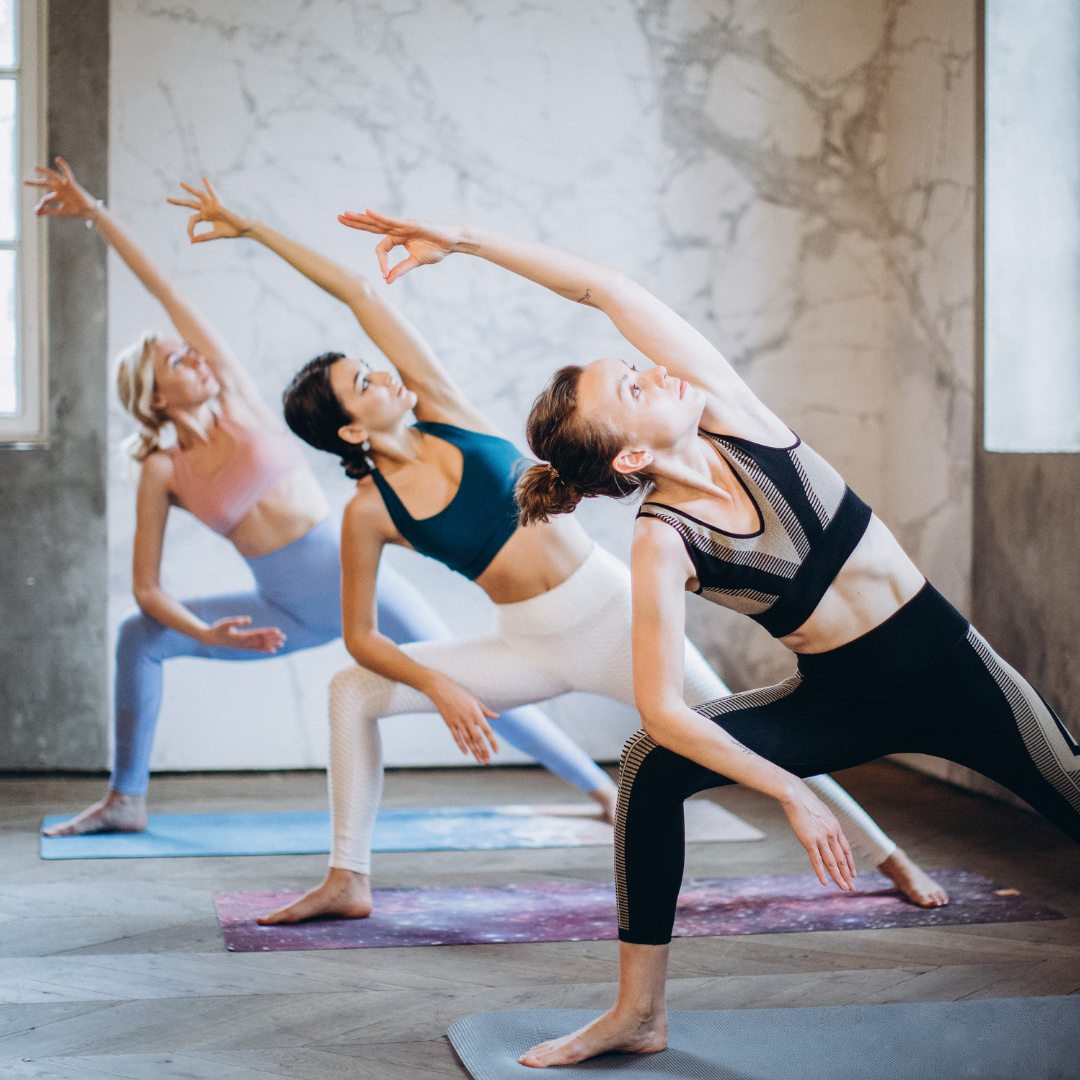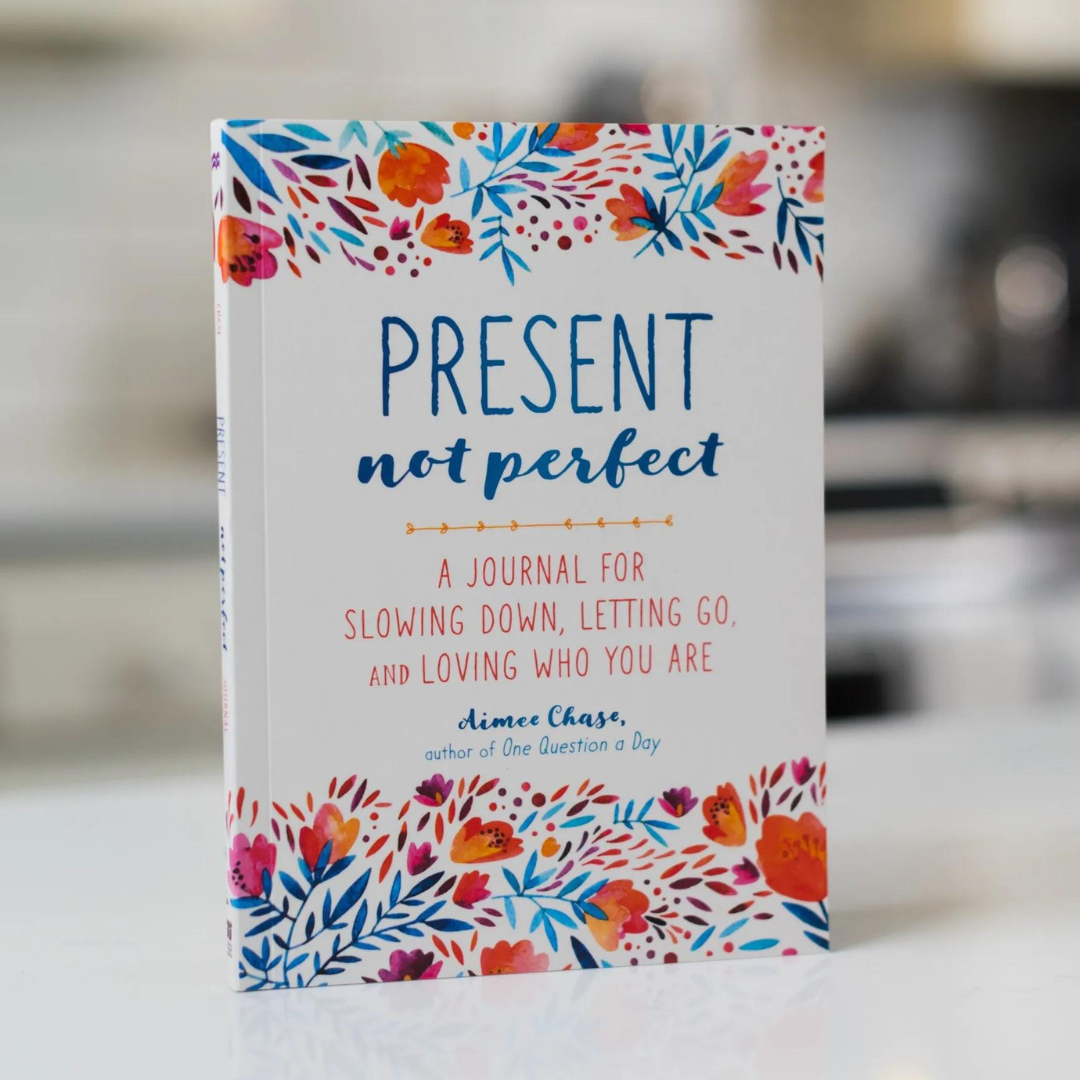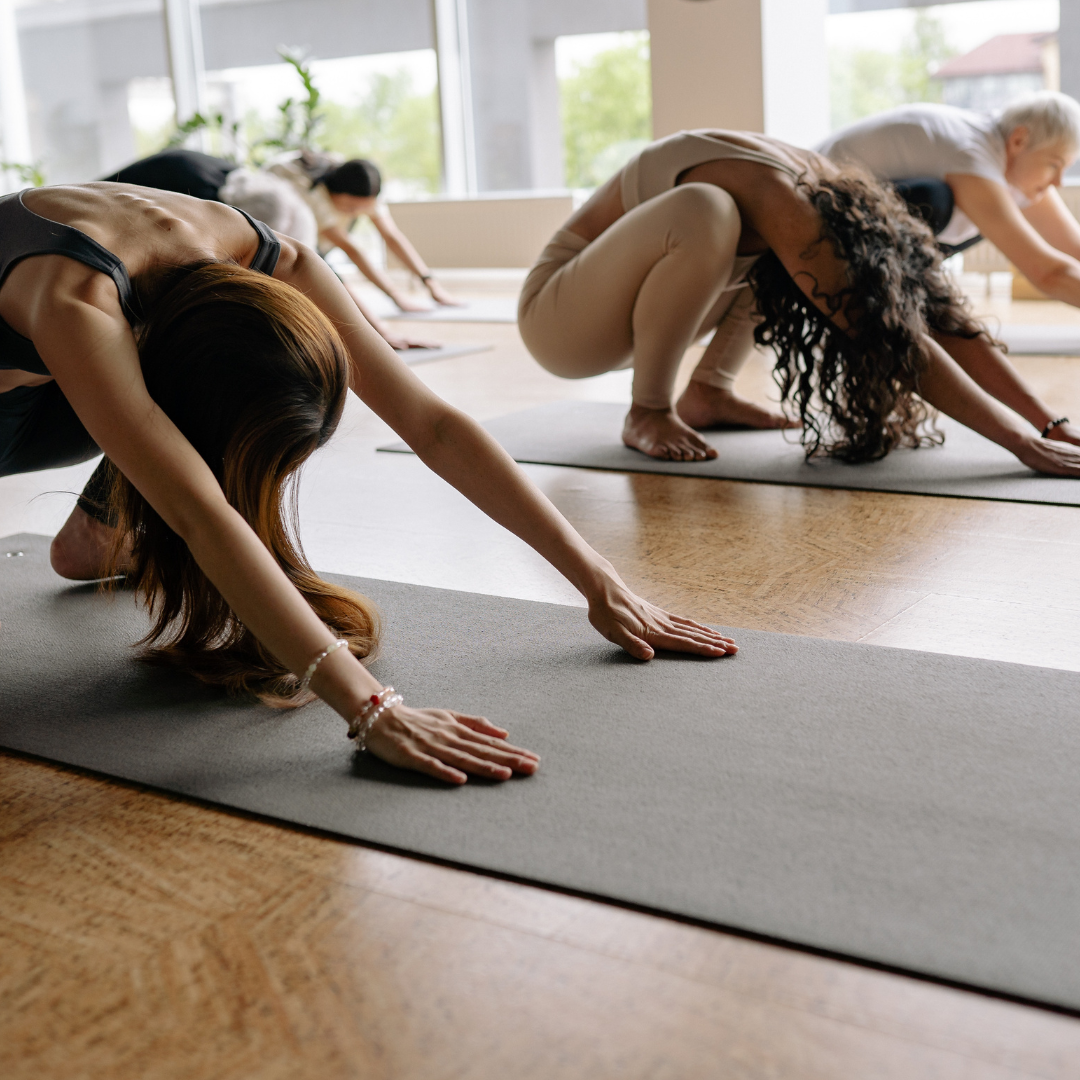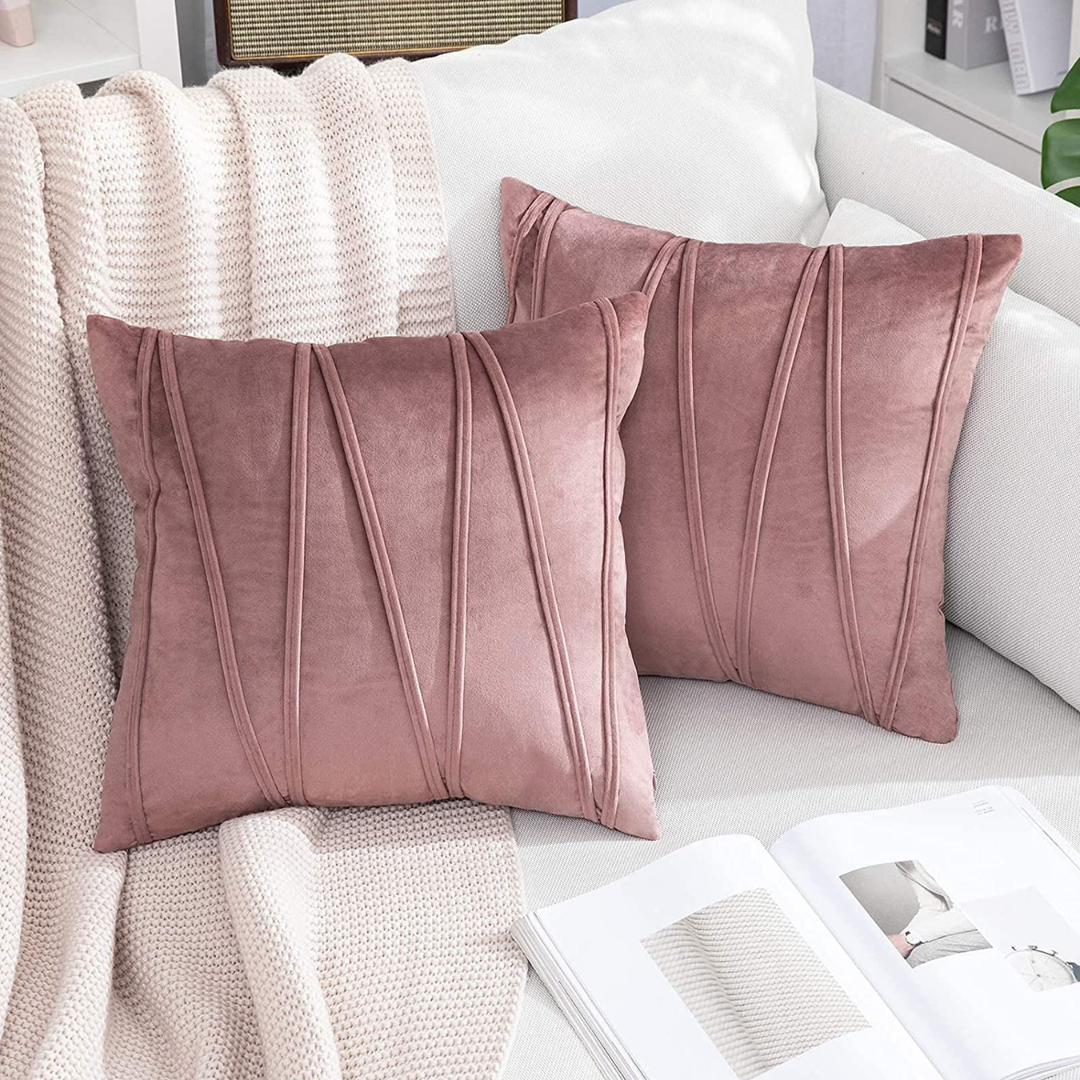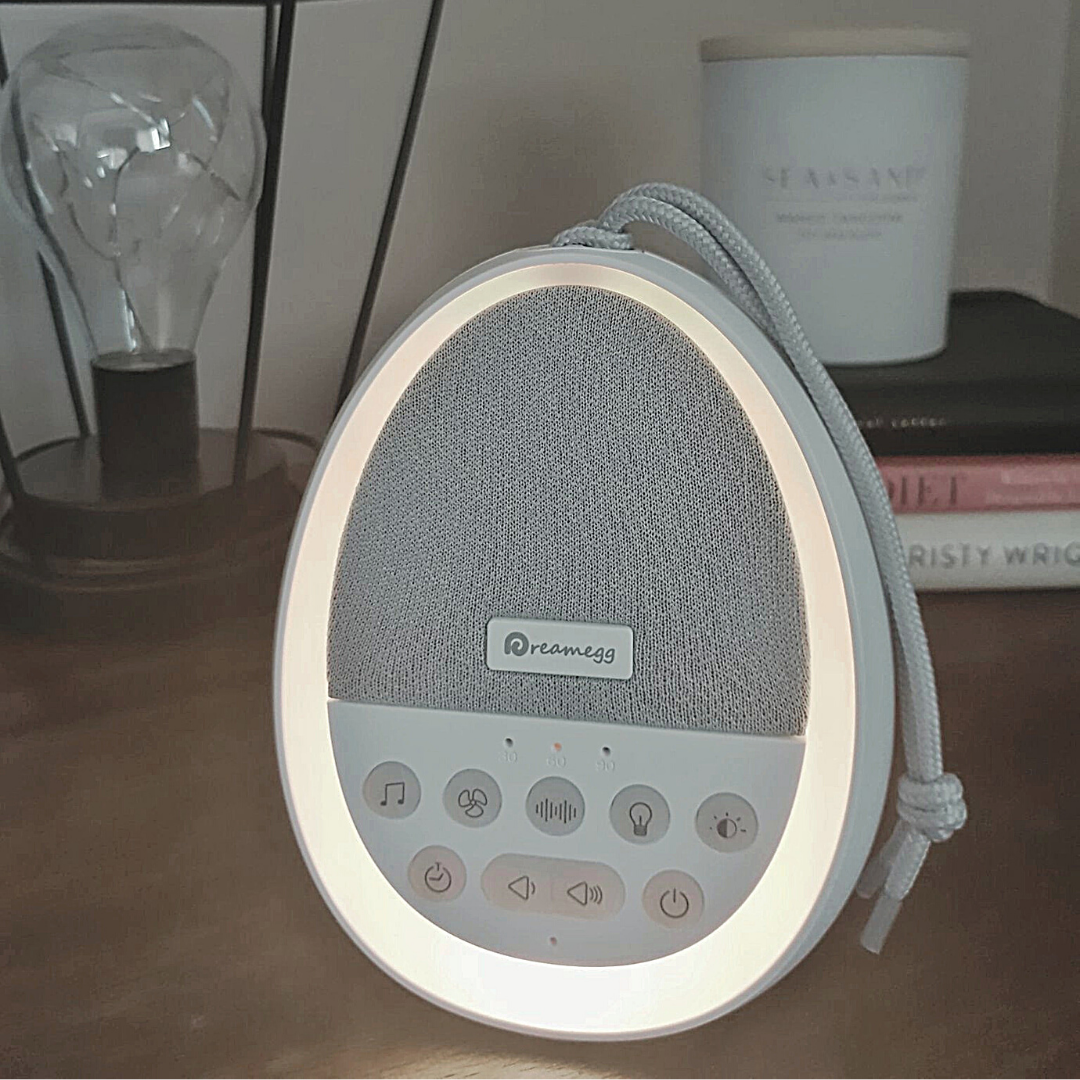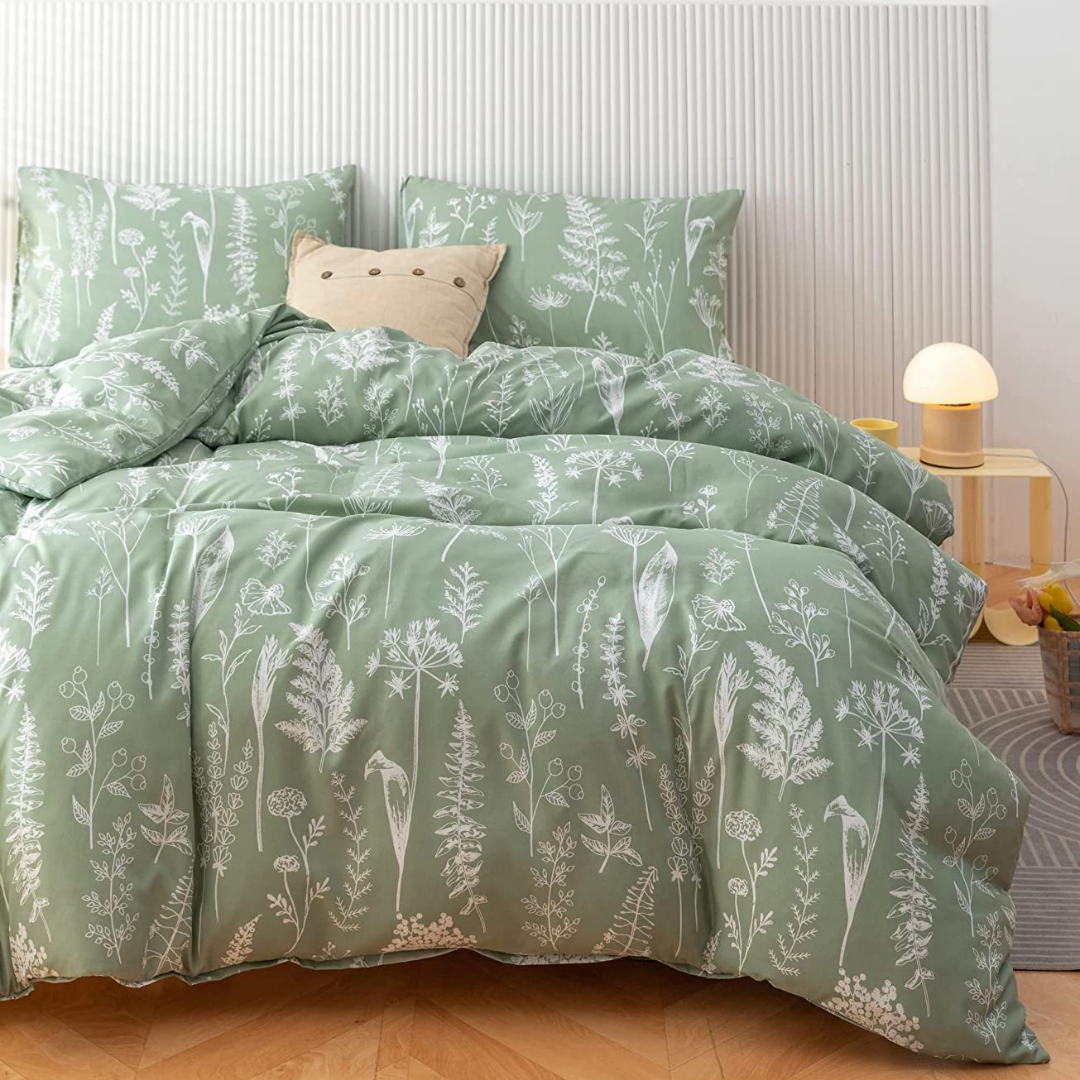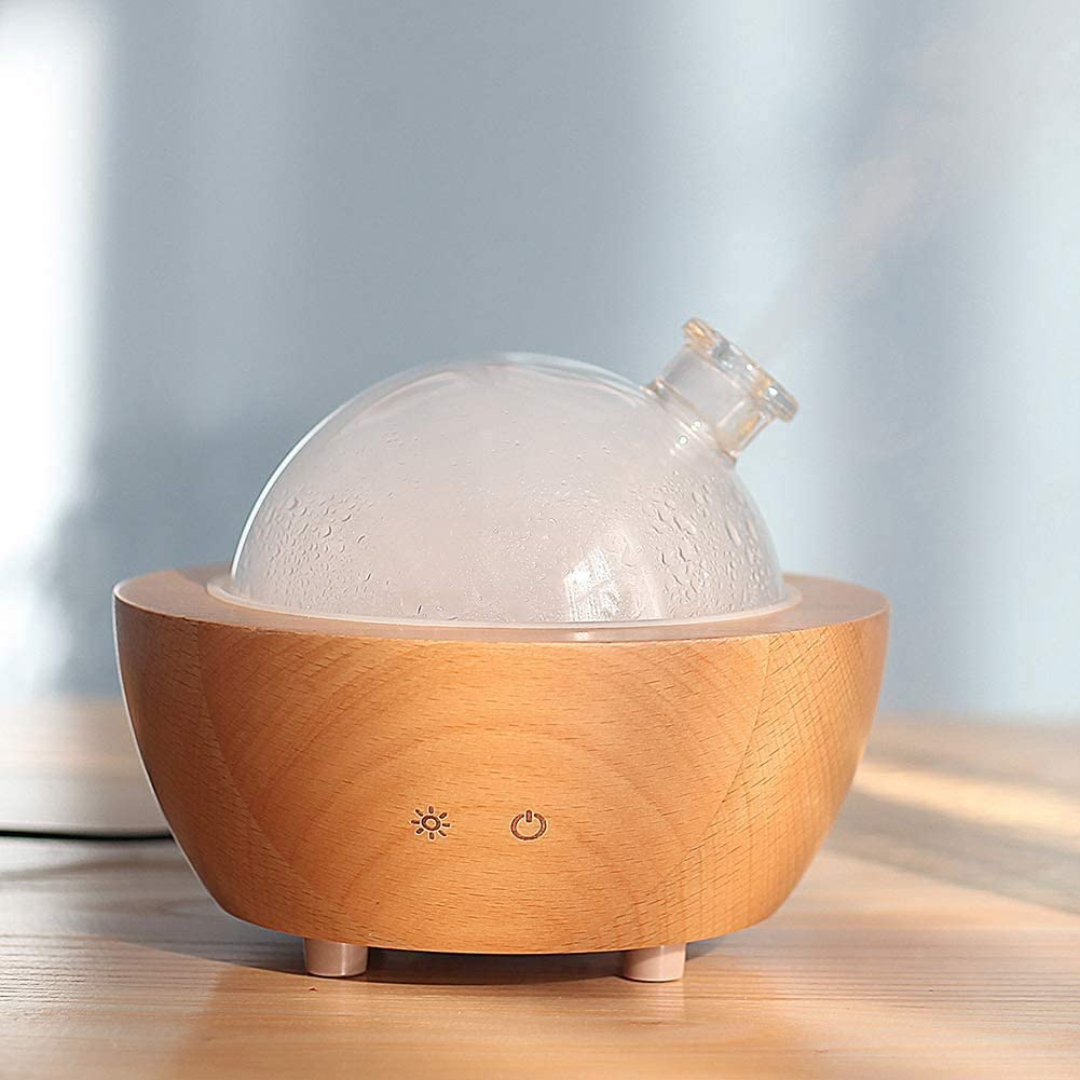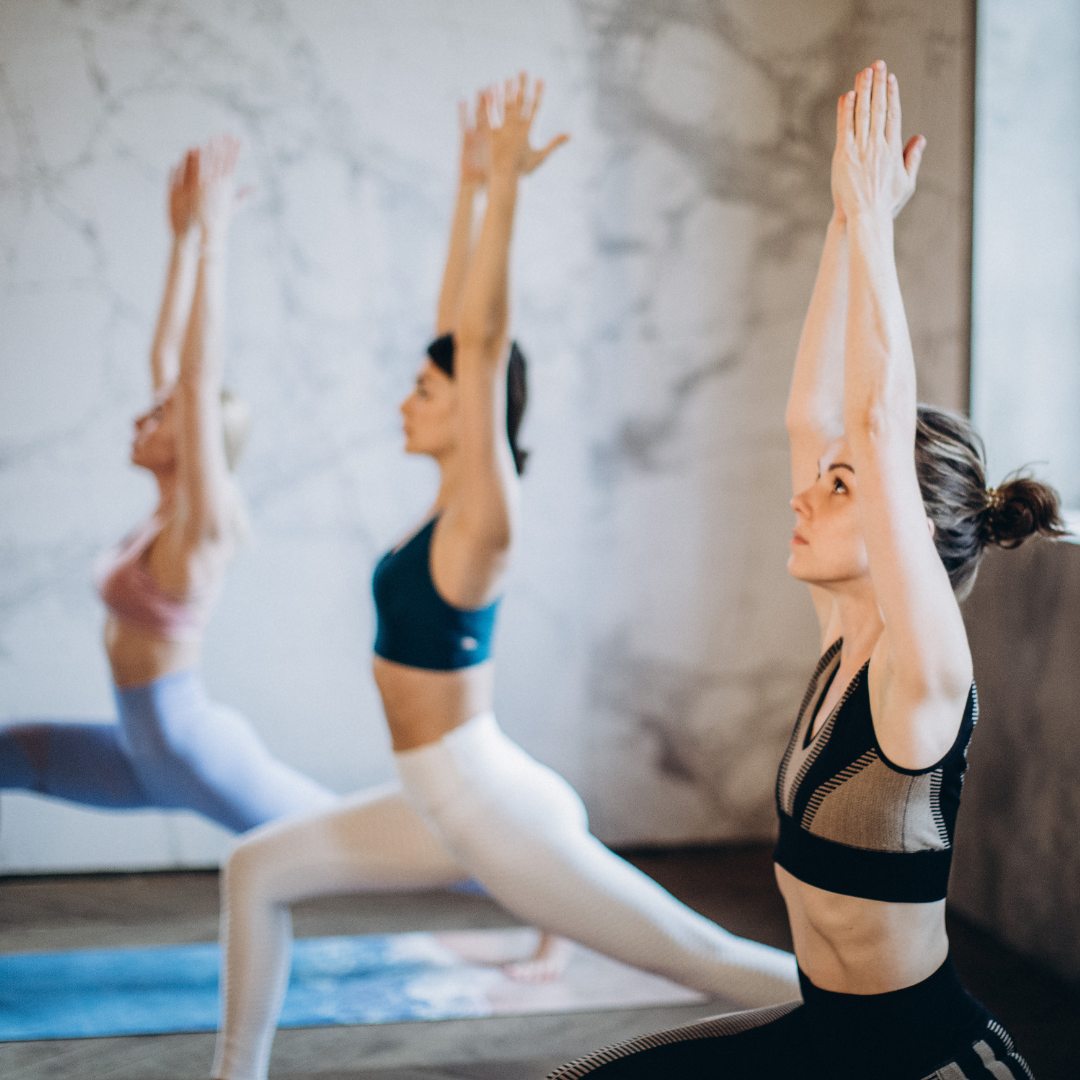|
|What do you do before bed? Is it going on your phone and scrolling through social media or is it watching Netflix until you fall asleep? Either way, this is partially bad if you don’t get the right amount of sleep. Not only that but it can have a bad effect on your sleep schedule. However, there are other ways to fall asleep that doesn’t require staring at the blue light on your screen. You’ll learn a few healthier way to fall asleep using meditations in this list. Please note: This article does not contain healthcare or therapeutic advice. If you are concerned about your health or well-being, speak with a health professional or visit your nearest medical facility in an emergency. Night Time Meditations You Can Do Before BedThe 4, 7, 8 Breathing Technique (aka Relaxing Breath) This is a great technique to do before bed as it helps you fall to sleep. It involves the intake of oxygen to help your mind and body be placed into a deep state of relaxation. The history behind the 4,7,8 breathing technique was first developed by Dr Andrew Weil. It is based on the ancient yoga technique called “Pranayama”. If you wanted to translate this out, ‘Prana’ means “life force or breath sustaining the body” and ‘Ayama’ means “to extend or draw out”. Together you get the Powerpuff girls- I mean, you get “the controlling of the breath”. So how do you do the 4,7,8 breathing technique then? Inhale through your nose to the count of "4" (you count in your head by the way), hold for 7 seconds and then breathe out through your mouth for 8 seconds. If this is too difficult you can half the count time (great for those who suffer from Asthma like me). For such, it would be: inhale 2, hold 3 and let go 4. Guided Meditation & Mindfulness There are thousands of guided-meditation out there for anyone who suffers from mental disorders/illnesses (such as stress, anxiety, depression, bipolar disorders, ADHD, schizophrenia, PTSD, etc) or those who want to have a free state of mind. Anyone can do these meditations and mindfulness techniques. Guided Meditation involves hearing a recording of an instructor that guides you to evoke concentrated relaxation and mindfulness. On the other hand, mindfulness is the ability to be fully aware of the present and what is going on around you. Pretty much putting yourself in a mind scan to look at your emotions, physical senses and thoughts. In this situation, you’re either sitting, standing or lying down in a comfy position (but with your back straight because we don’t want any future back pains!). It is recommended to do it in a quiet or ambient noise level environment but if that isn’t possible for you, you can always have earphones in or headphones on. Whatever the type of meditation you are doing, you can either close your eyes or keep them open but settled on a “focus gaze” (e.g, a blank wall, window, subject matter like an indoor plant). Here are the types of guided meditation and mindfulness techniques you should do before bed: Deep-Sleep Guided Meditation This is your typical guided meditation but for sleep. There are tons of recorded Deep-sleep guided meditation which you can find through YouTube, podcasts and apps. A tip I recommend is finding a recording that has a voice that helps you keep calm and relaxed. You can do this during the day on your free-time. Learning from my own experience trying out different types of sleep guided-meditation, there were some recordings that made me felt anxious and some that triggered my brain alertness (aka getting woken up in the middle of the night). It’s pretty simple to do this type of sleep guided-meditation. Find a sleep meditation recording (recommended versions are 20 minutes to 1 hour) and lie down on your bed in a comfy position. Do you want to know a simple tip? Blink your eyes quickly until your eyes get tired and want to stay closed. This will trick the brain into falling asleep. It’s like when your eyes make rapid movements during your sleeping phase. This is called REM (rapid eye movement). I know creepy. Once your eyes are tired and closed, take deep breathes and relax your body (in other words, let your body go!) Your mind will follow the guided-meditation playing in the background. If your mind starts wandering in thoughts, that’s totally ok! Usually, guided-meditations will tell you to be aware of your thoughts and go back to focusing on your breath. "Blink your eyes quickly until your eyes get tired and want to stay closed. This will trick the brain into falling asleep. It’s like when your eyes make rapid movements during your sleeping phase." Body Scan Meditation This meditation helps connect your mind to your physical self (aka your body). What you are doing in this situation is using your sensory system to guide through your entire body without judging. It helps you become more aware of your sensory experiences as well as focus more fully in the present. To do this, lie or sit down while keeping your back straight and everything else relaxed - just let your body go for a moment. Then close your eyes, take one deep breath and then back to your normal breathing. Start from the bottom (toes) or the top of the head (mind) - whatever floats your boat. Scan your way from the bottom to top/bottom to top. Now here's the thing. Eventually, you're going to feel a part of your body feeling ‘heavy’ or in pain. When you reach that point, stop scanning, don't overthink it but be aware of it. Take one deep breath in, giving oxygen to the area, and then after you breath out, continue scanning until you reach the end. Hence the reason why this meditation is non-judgmental and accepting. Ambient Mindfulness This is not like guided-meditation where you have someone to guide you. Instead, you're being aware of the present while ambient (nature sounds) or music is playing in the background. There is no talking. It's just repeated songs and/or sounds. I use this technique daily before bedtime as it helps me relax and fall asleep (since I can’t fall asleep to pitch silence). You can find countless ambient videos on YouTube that can last up to 1, 2, 3, 8 or even 11 hours (3-hour videos are very common). There are also 24/7 live stream versions if you want it to continue until you wake up. To find these types of videos, search up the keywords including “mindfulness ambient”, “sleep music”, “ambient sleep music”, or “relaxing music for sleep”. You can play this with your phone open and plug into the power port (so it doesn’t die) or if you have YouTube premium/music, you can play it while your phone is turned off. Other options include ambient sound apps. Usually, these apps allow you to customise different types of sounds or music to play (for example, you can customise it to play it like you’re at a campsite - fireplace, night owls, crickets). Likewise, you’re able to pick the time estimate on the app for when it stops playing (I put mine for 2 hours max). Sleep Hypnosis Sleep hypnosis is when a hypnotherapist (the person who instructs you through the hypnosis) or recording guides you through verbal cures to help increase your relaxation in a “dreamy haze” type tone that can help you drift to sleep {relaxmelodies}. It’s pretty much like sleep guided-meditation: you lie down in a comfy position, relax, close your eyes, take a deep breath and let yourself be guided. It's great for those with sleep disorders (such as insomnia, sleep apnoea, narcolepsy, bruxism, snoring, sleep hypoventilation, those who suffer from nightmares, night terrors, and sleep talking/walking) as well those who suffer from anxiety, depression and stress. I've tried 20 minutes and 1-hour guided meditation for sleep however I'm still awake by the time the recording is over (depending on how stressed out I am). Oppose to sleep hypnosis, I can't tell you how much it works for someone like me who suffers from insomnia. Michael Sealey's sleep hypnosis videos make me fall asleep. I recommend "fall asleep fast and release your day" video. About the Author: Ellen is the creator and writer of an Australian lifestyle blog called Zyrakuma. Her blog feature posts about self-development, productivity, mental health, and business/blogging tips. When she's not working on her blog, she's either binge-watching YouTube videos or drawing. Refs: healthline.com, yogajournal.com, drweil.com, gaiam.com, helpguide.org, mindful.org, medicalnewstoday.com, sciencedirect.com, relaxmelodies.com, sleephealthfoundation.org.au, Related Articles: The links in this article may be affiliate links that I will be compensated for at no additional cost to you. Looking for additional health & wellness products? Visit the store!
4 Comments
8/19/2020 11:41:10 am
Thank you for sharing this beautiful post, Heather! I'm so pleased to see you mention the 4, 7, 8 technique, it's one I talk about on my blog all the time x such an effective method to slow down after a busy day.
Reply
My son uses ambient noise all the time before bed and swears by it. I usually read for a bit and that does the trick, until it doesn't. I'd really like to try the body scan method. Just letting yourself be present in the moment and acknowledging how you feel is a great way to let go.
Reply
Your comment will be posted after it is approved.
Leave a Reply. |
Welcome to the blog!↓ That's me, Heather. :)
MENTAL HEALTH RESOURCE VAULTGreat!Check your email for instructions on how to access the Mental Health Resource Vault. Categories
All
Popular Posts// 25 Positive Mindset Quotes
// Self-Care Bullet Journal Spreads // 7 Ways Your Physical Health is Connected to Your Mental Health |
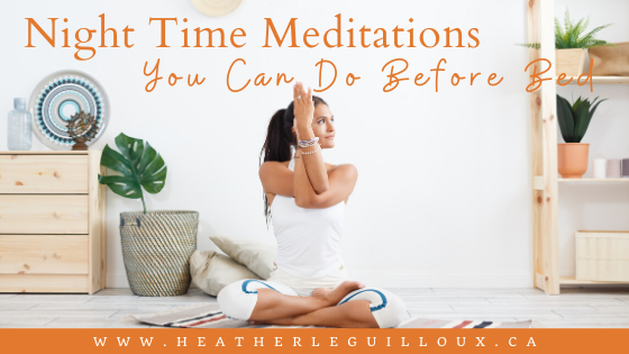
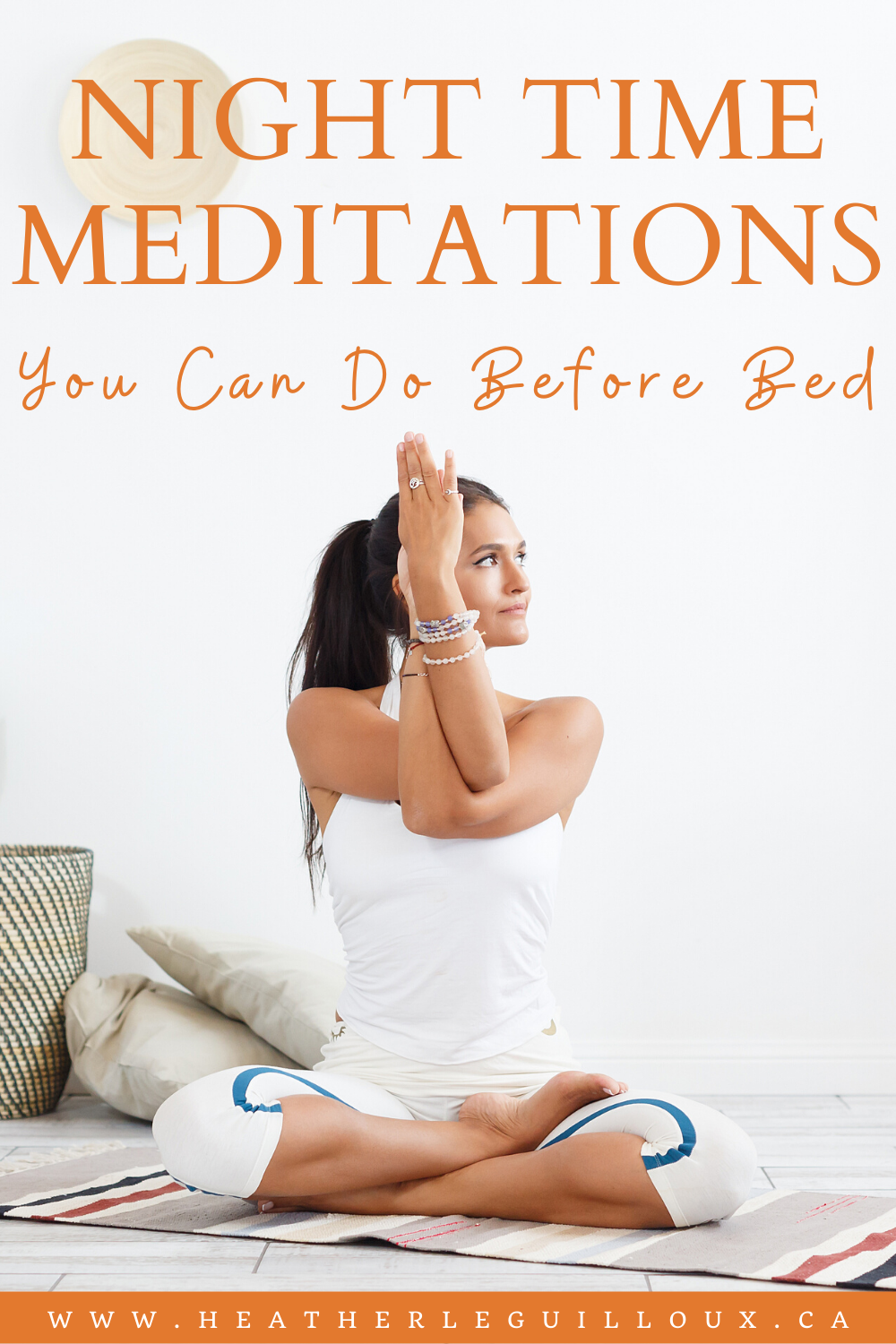
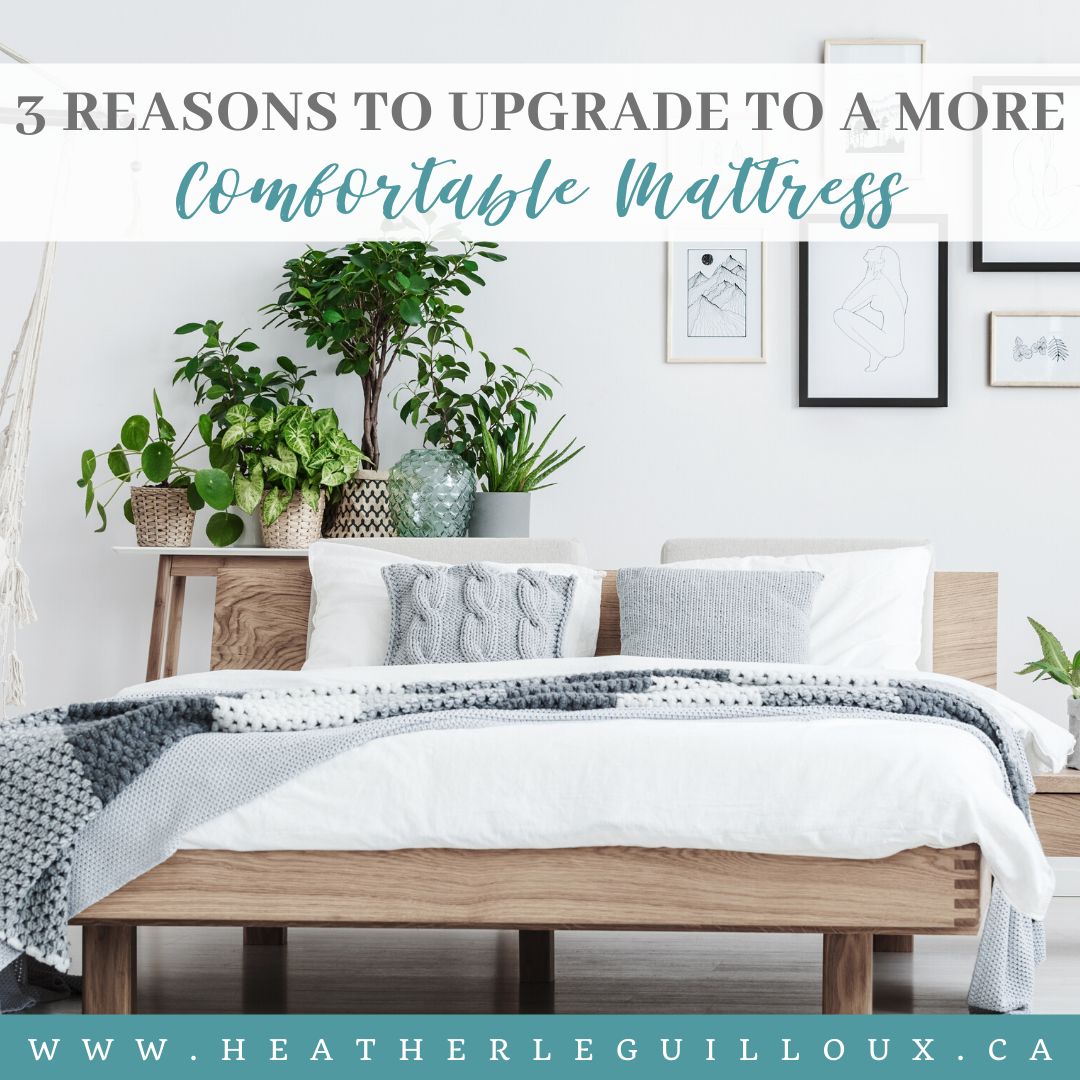
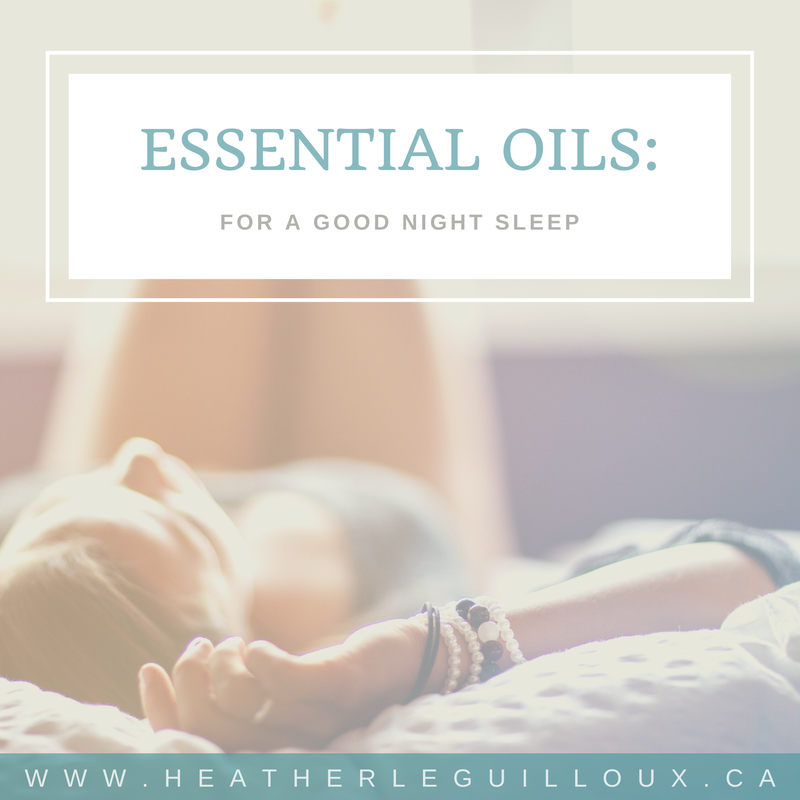
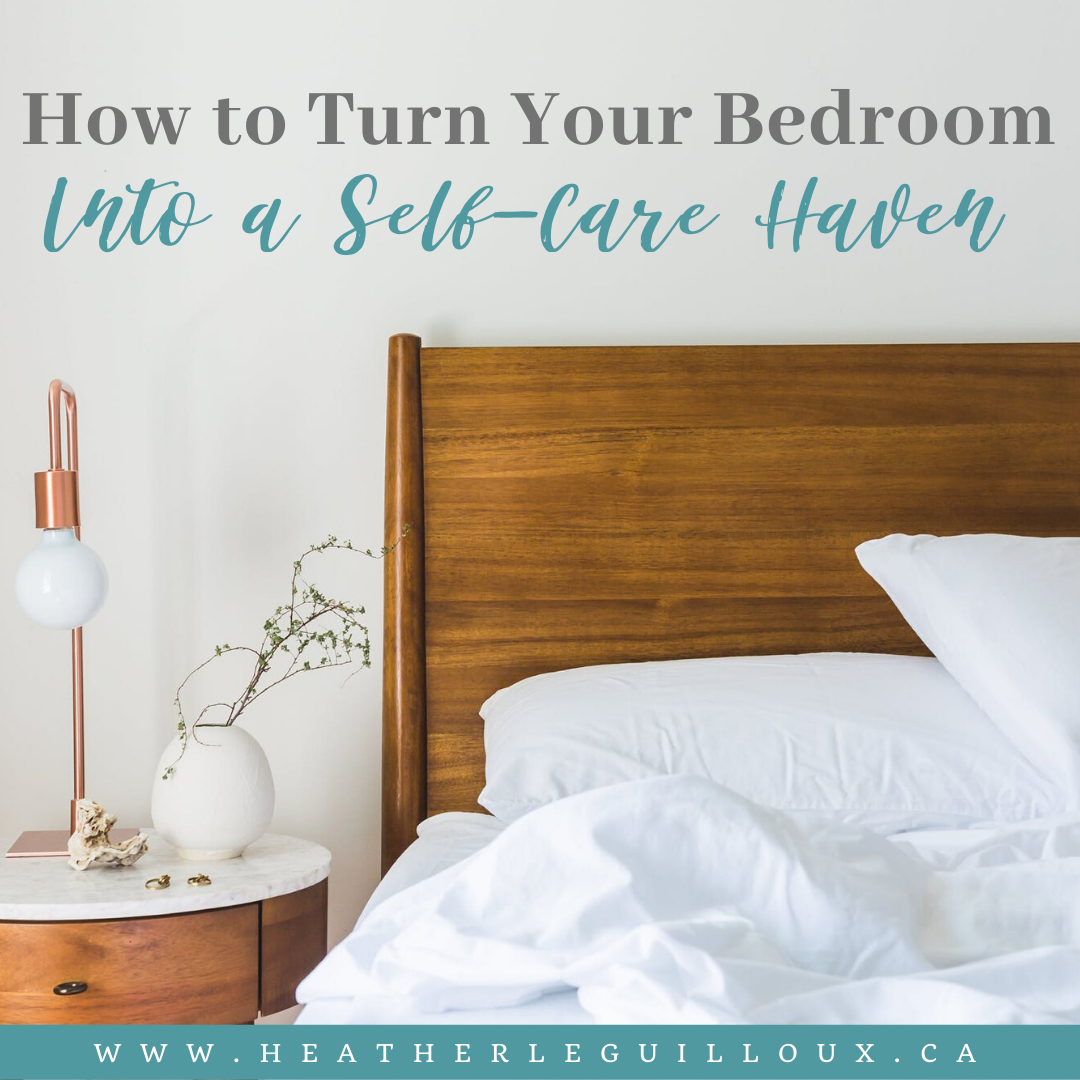
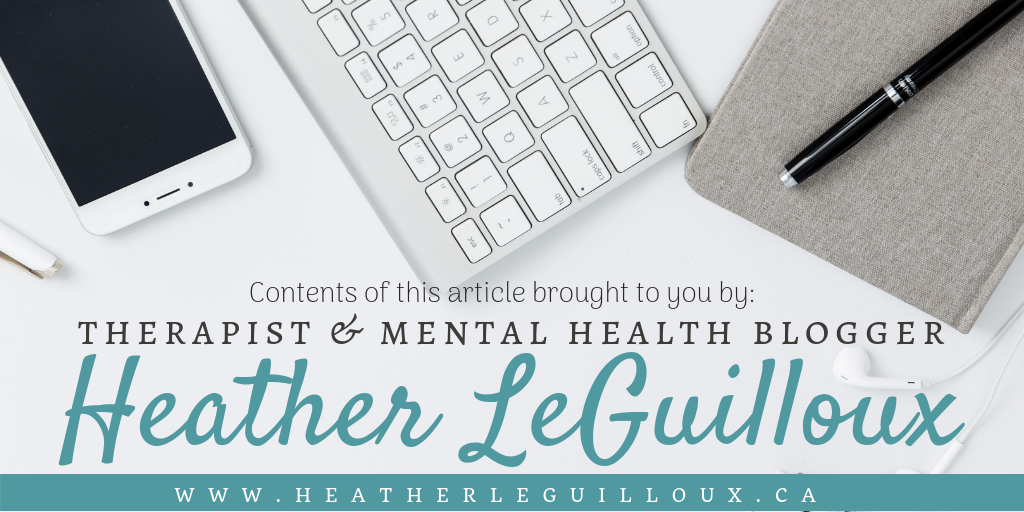
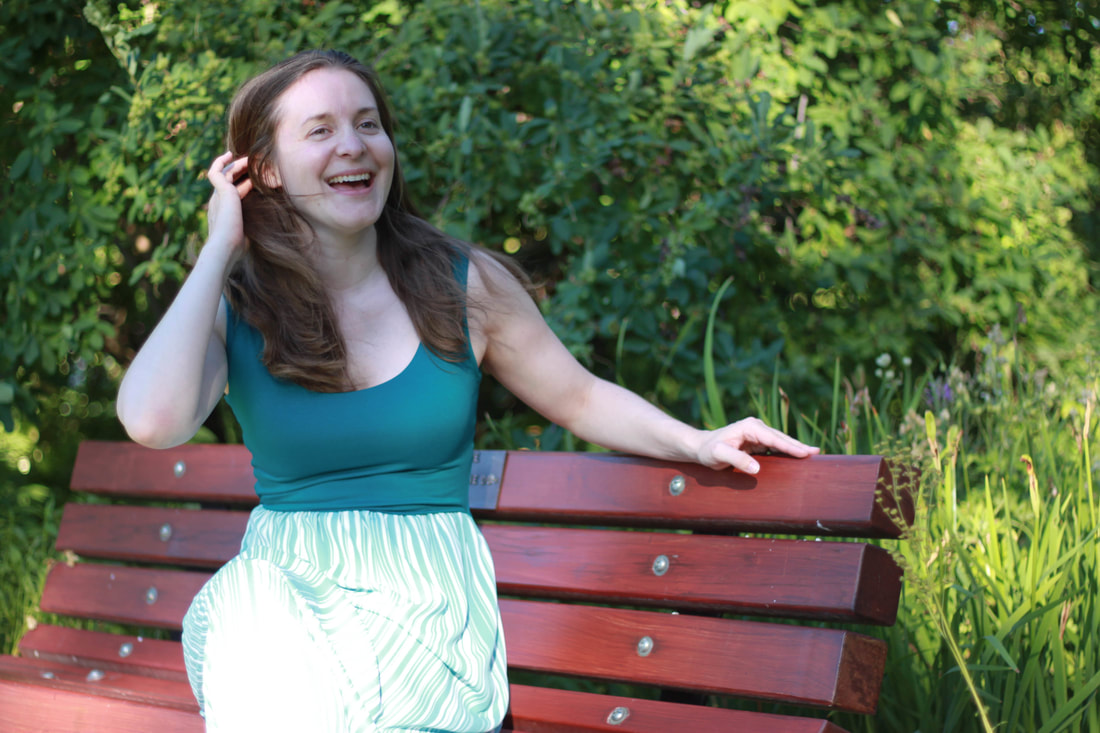
 RSS Feed
RSS Feed



